Home » Scuba Diving Destinations » Scuba Diving in Bali, Indonesia
July 2022 marked the start of my diving journey. Learning Bali scuba diving was the spark that lit a whole new passion. Flying from Manchester via Qatar, with a stopover in Kuala Lumpur, we finally landed in Bali at I Gusti Ngurah Rai International Airport. Jet-lagged, excited and badly in need of coffee, we spent our first night in Denpasar before heading along the coast to Candidasa.
The goal was simple: introduce me to the world of scuba diving. My other half had been diving for years, and now it was my turn to take the plunge.
 Candidasa has a few dive centres with strong reviews, but securing a place wasn’t as simple as expected. The first shop we tried was fully booked with a large group, and another was closed when we arrived. Finally, we returned to Sianmay Candidasa Dive Bali, which had reopened later in the day. From the moment we walked in, they were friendly and welcoming. They booked me onto a PADI Open Water course starting the next morning, with training scheduled in Tulamben, home to the famous USAT Liberty wreck.
Candidasa has a few dive centres with strong reviews, but securing a place wasn’t as simple as expected. The first shop we tried was fully booked with a large group, and another was closed when we arrived. Finally, we returned to Sianmay Candidasa Dive Bali, which had reopened later in the day. From the moment we walked in, they were friendly and welcoming. They booked me onto a PADI Open Water course starting the next morning, with training scheduled in Tulamben, home to the famous USAT Liberty wreck.
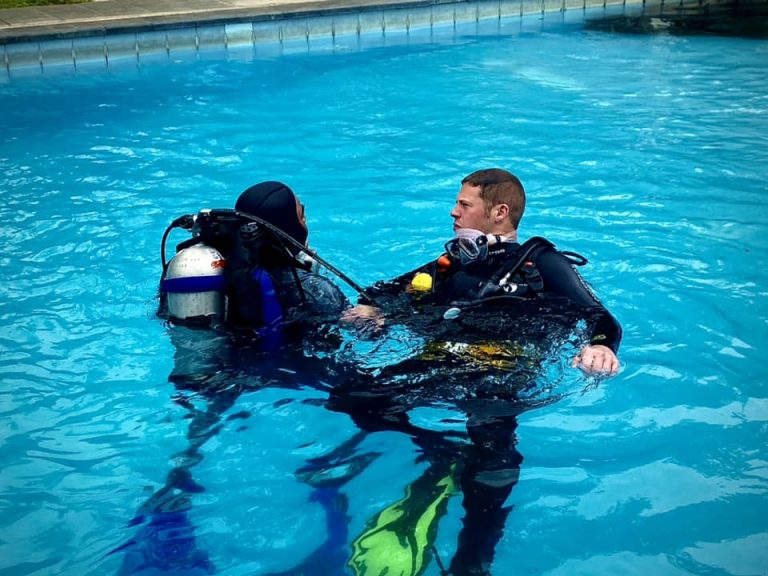
My first dive day was a mix of nerves and excitement. Meeting my instructor, sorting out the gear and squeezing into a wetsuit felt like an adventure in itself. Once training began, the course was broken into three parts spread over three days:
By the end of the course I had ticked off every requirement and passed. On the final afternoon I was able to join my other half as a certified diver for a fun dive around the wreck. It was the perfect way to finish training and begin a new adventure underwater.
Tulamben is a must-visit destination for scuba diving in Bali. The USAT Liberty, a 120-metre Second World War shipwreck, lies just offshore and is alive with marine life. As a beginner I stayed within my 18-metre depth limit, but even at that range the wreck was breathtaking. Schools of fish swirled through the hull and corals covered the structure. It felt like diving inside a living reef.
More experienced divers can descend to 35 metres to see the bow gun encrusted with coral. Macro enthusiasts can also spot pygmy seahorses hiding in sea fans. The Liberty truly offers something for every diver.
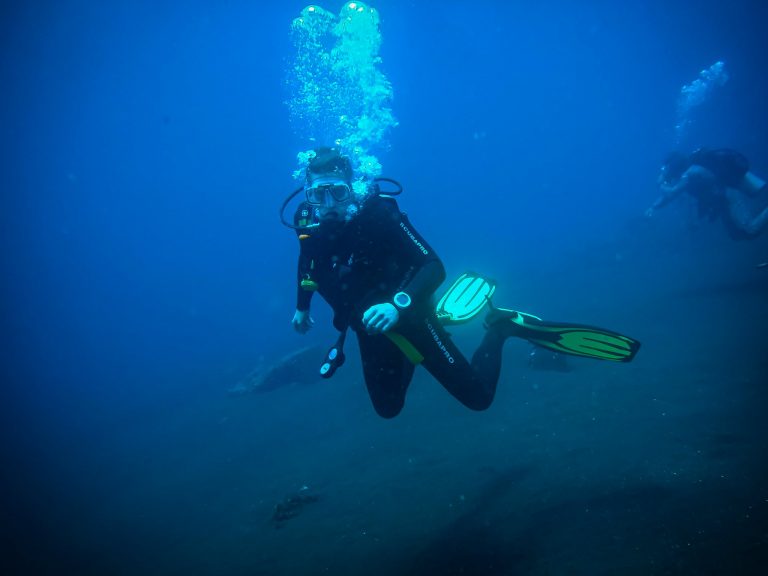
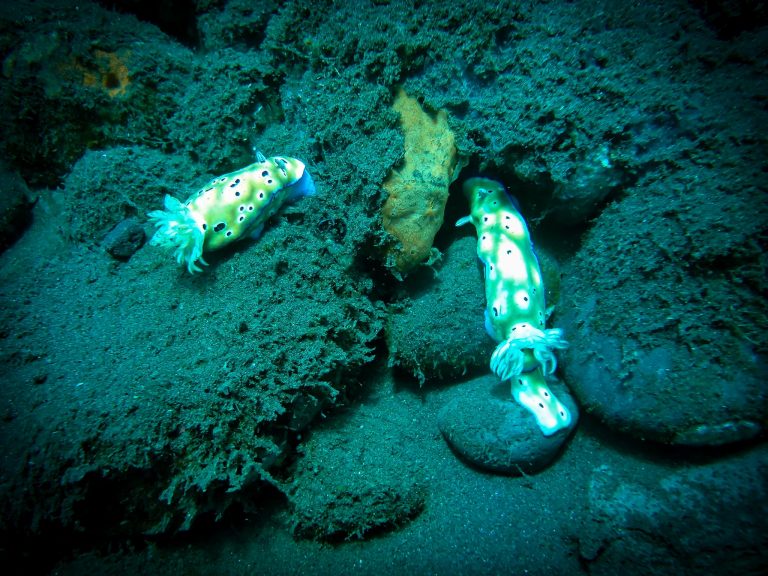
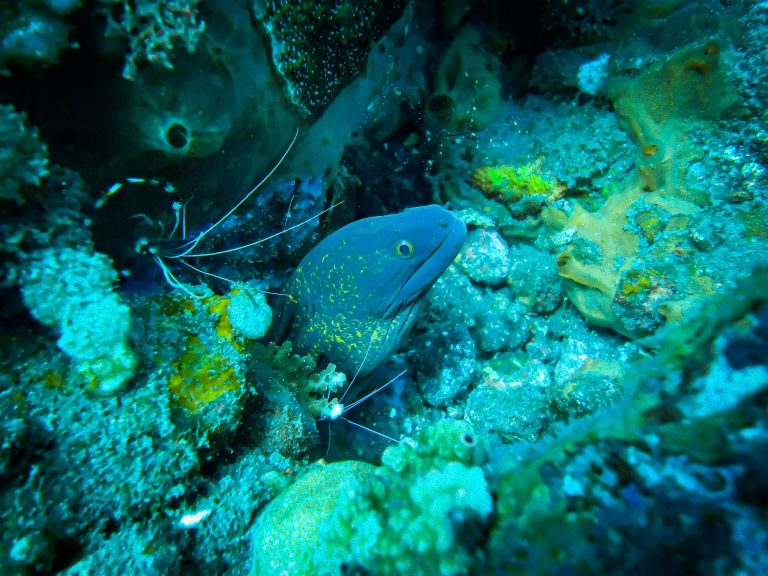
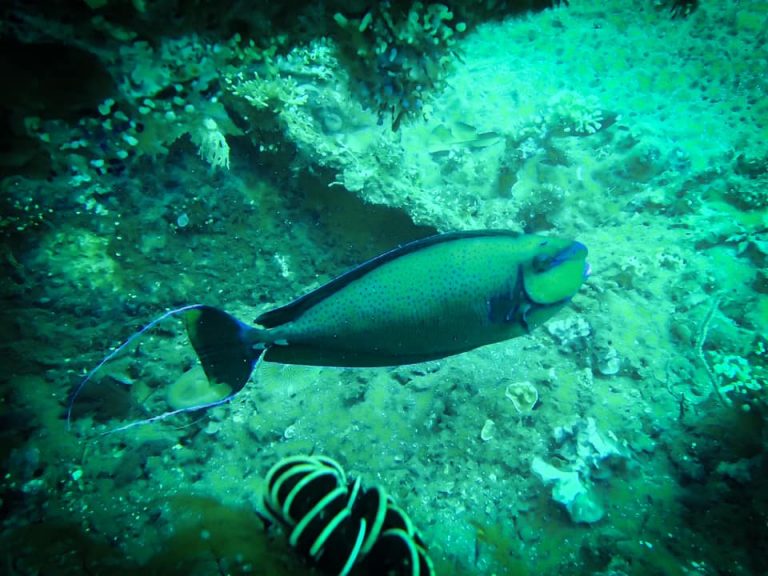
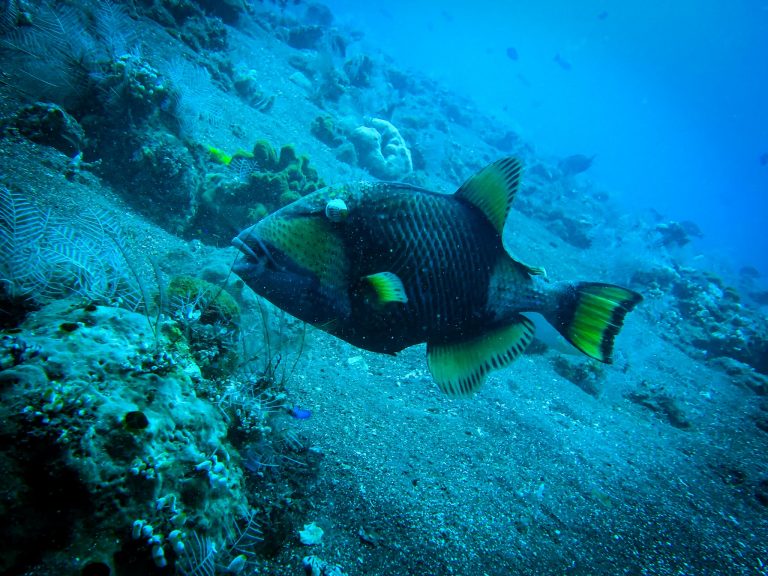
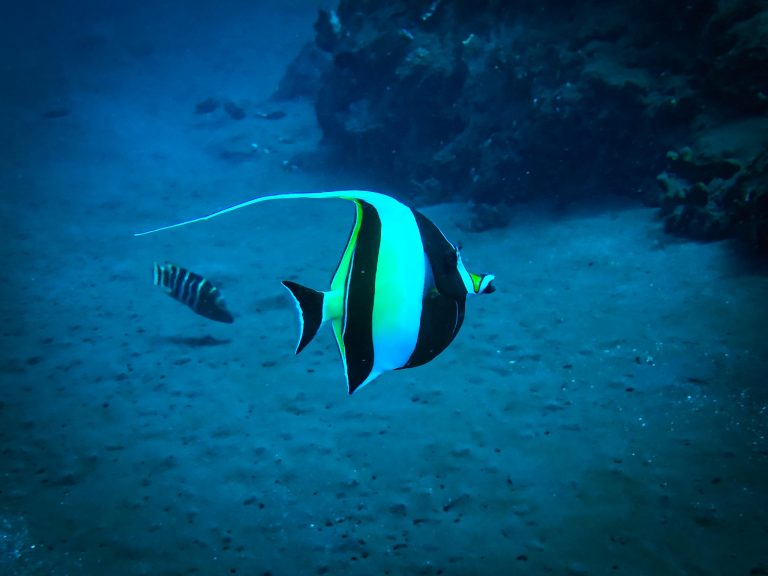
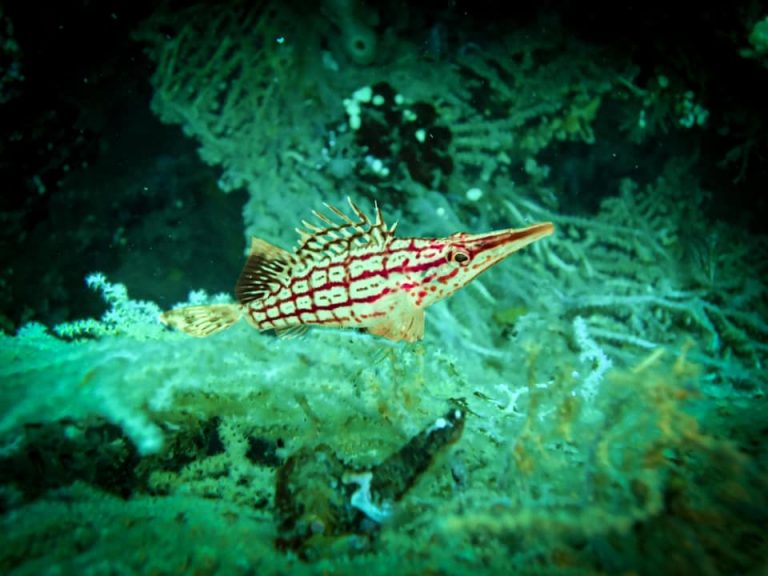
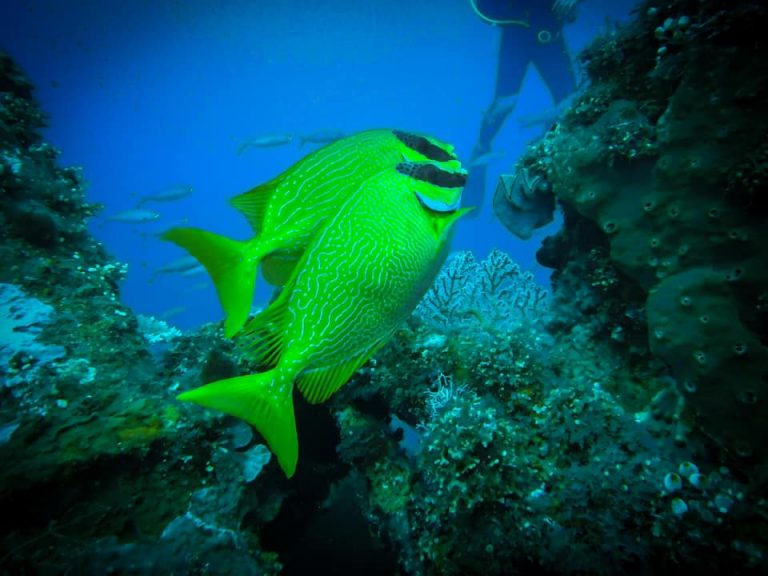
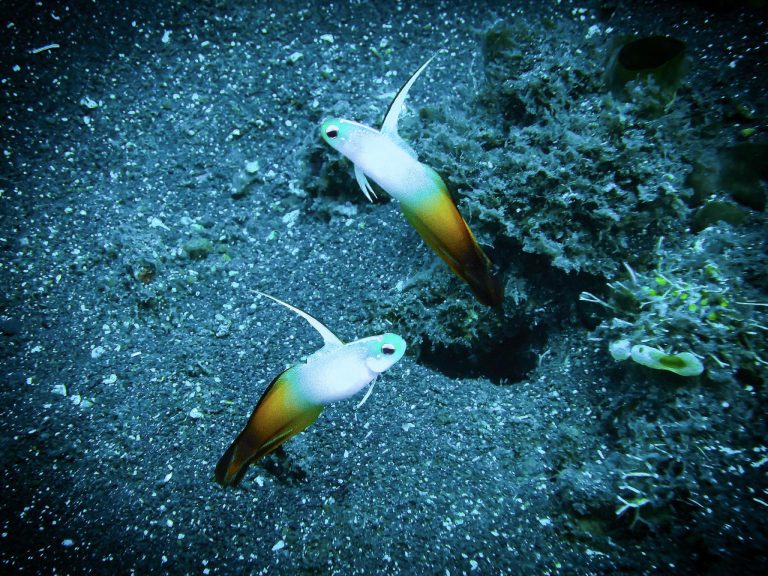
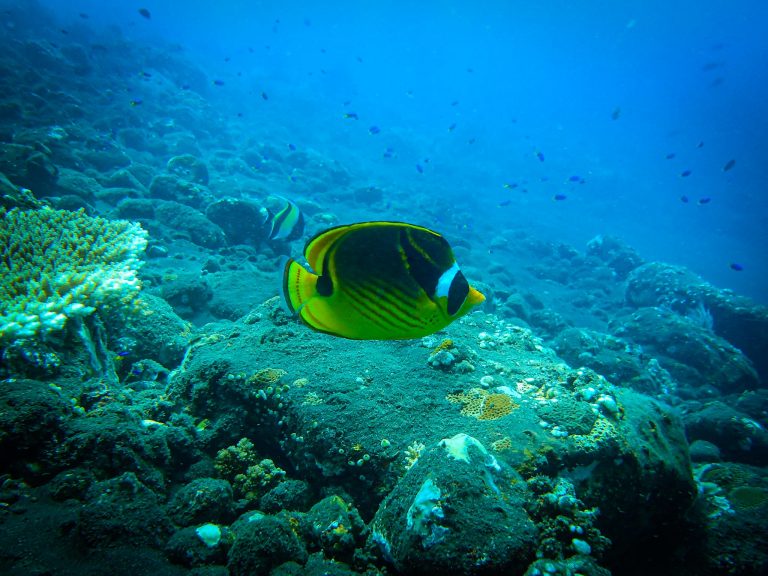
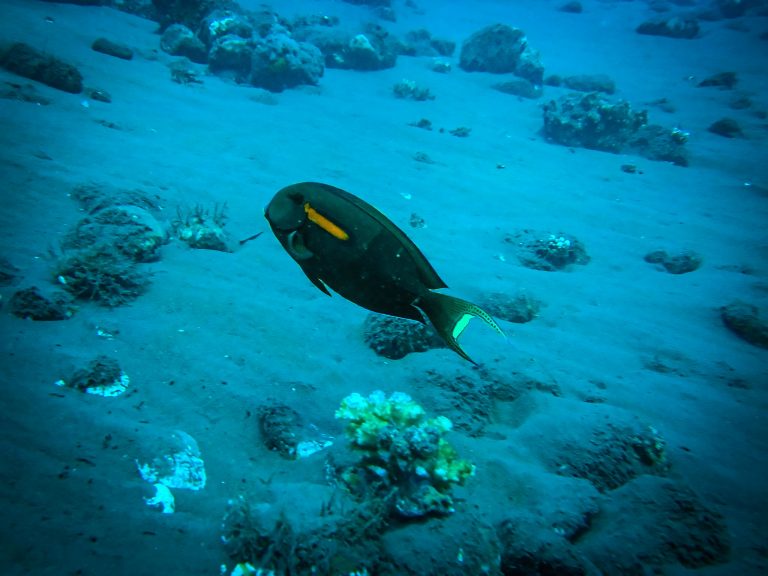
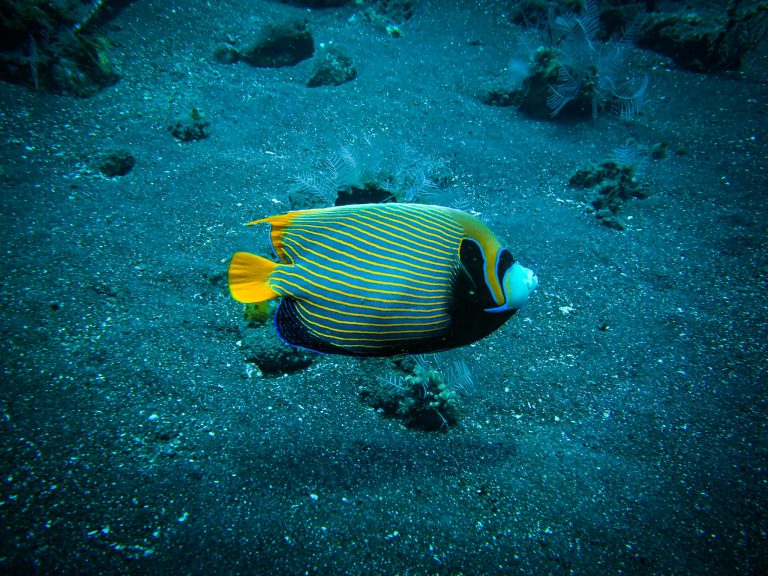
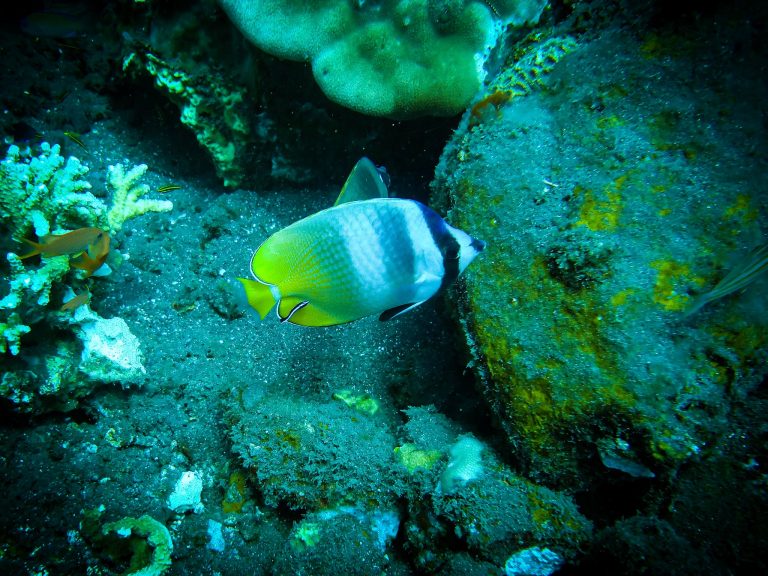
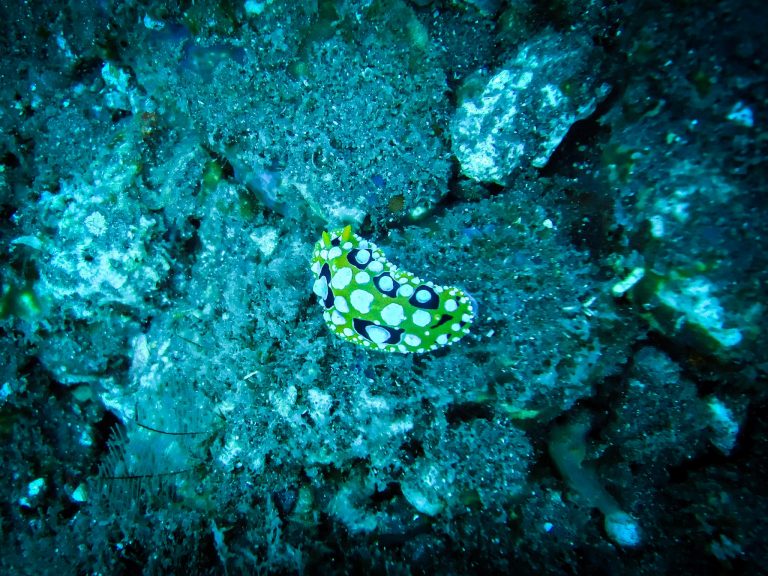
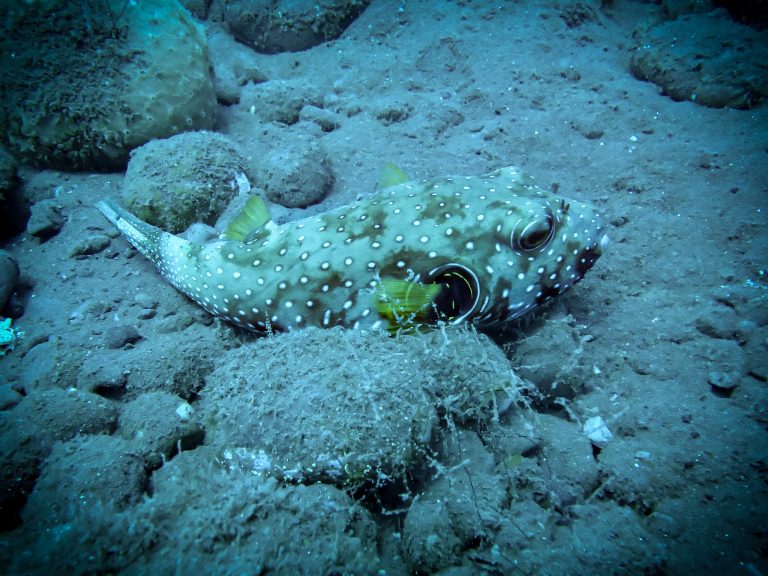
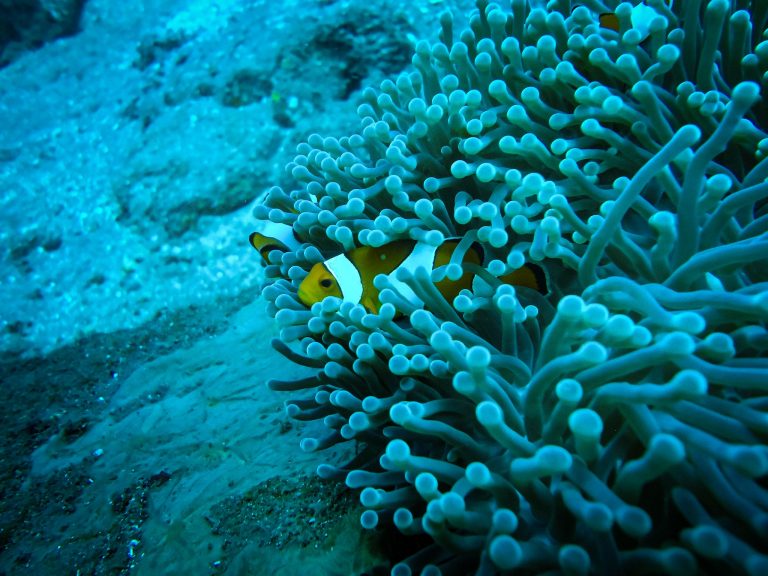
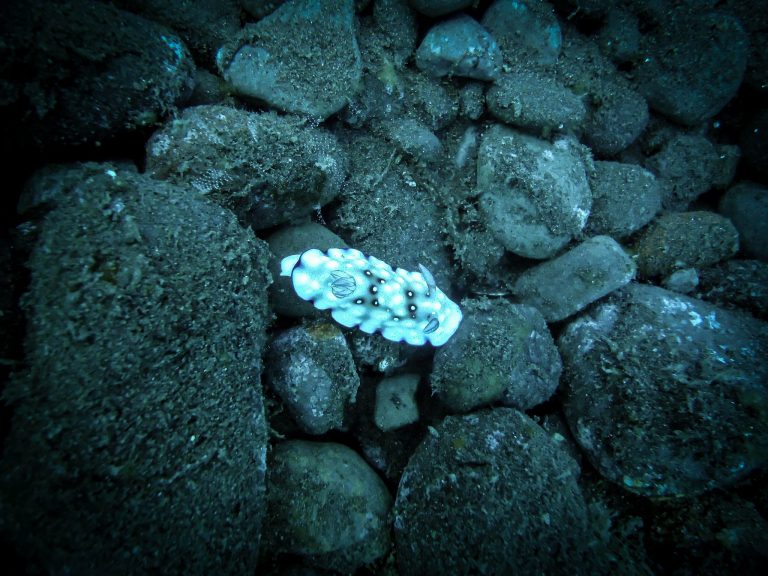
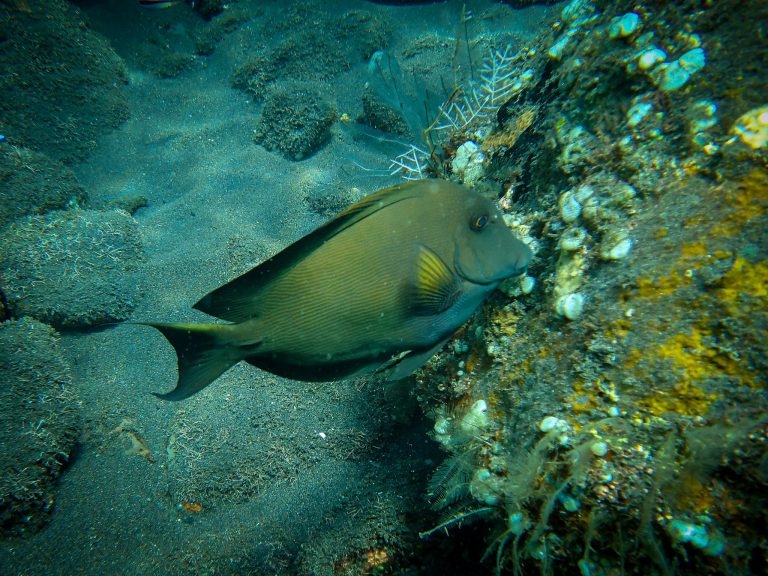
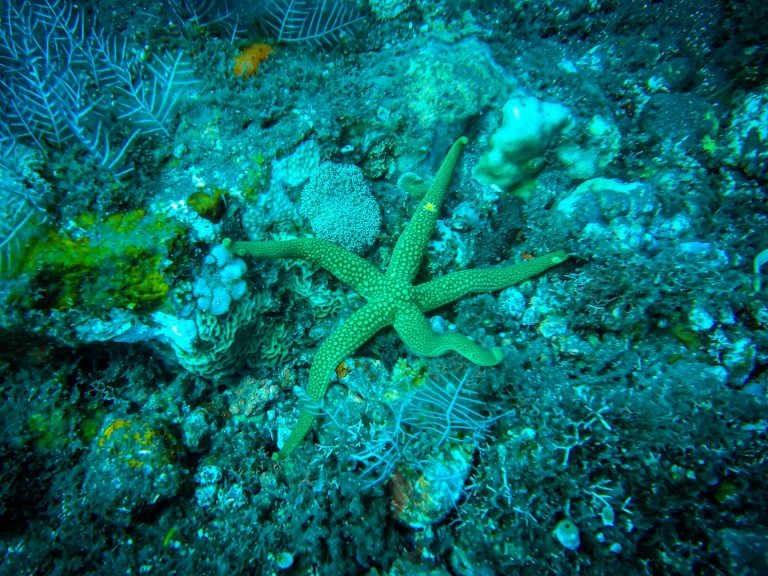
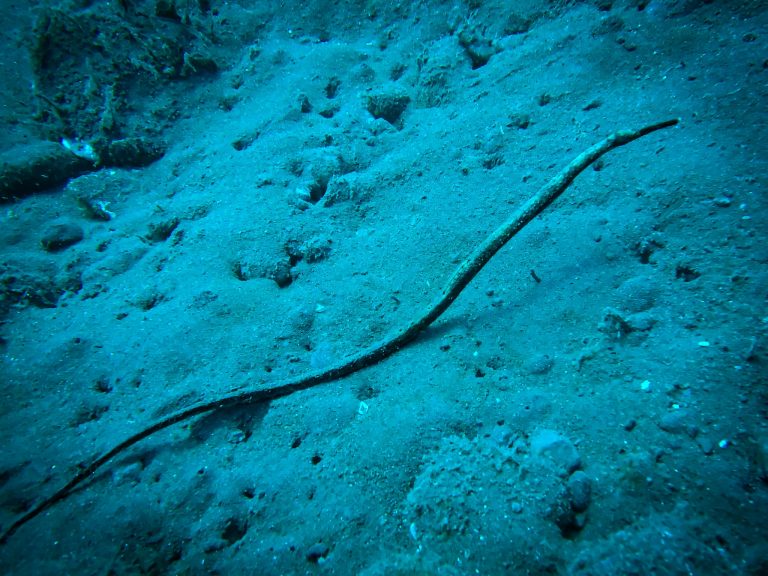
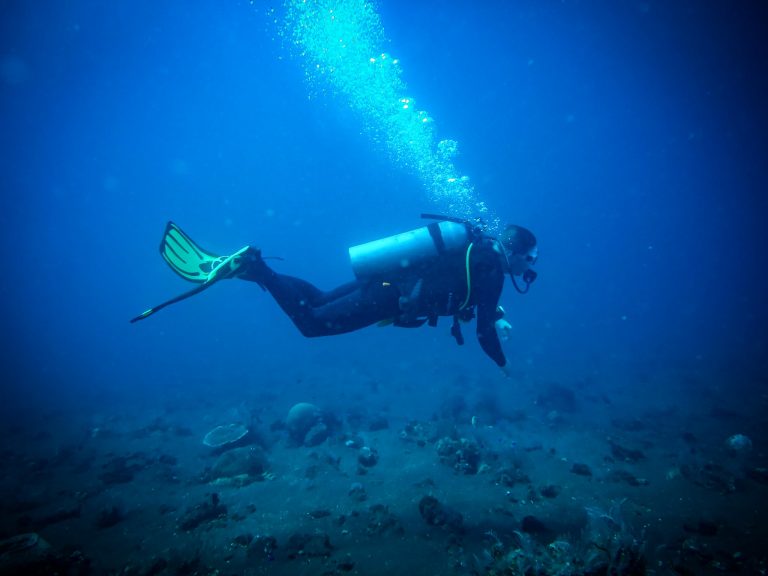
The following day I arranged more diving with Sianmay. The first site was Tanjung Jepun, known for blue-spotted stingrays, frogfish and small wrecks. It is also great for macro photography with plenty of critters hiding in the artificial reef.
Our second dive took us to Amuk Bay, a wide stretch of coastline between Candidasa and Padang Bai. The bay includes sites like Tepekong, Mimpang and Biaha which are famous for strong currents, colourful coral and the chance to see larger pelagic species. Even as a beginner, it was incredible to witness the scale of Bali’s underwater life.
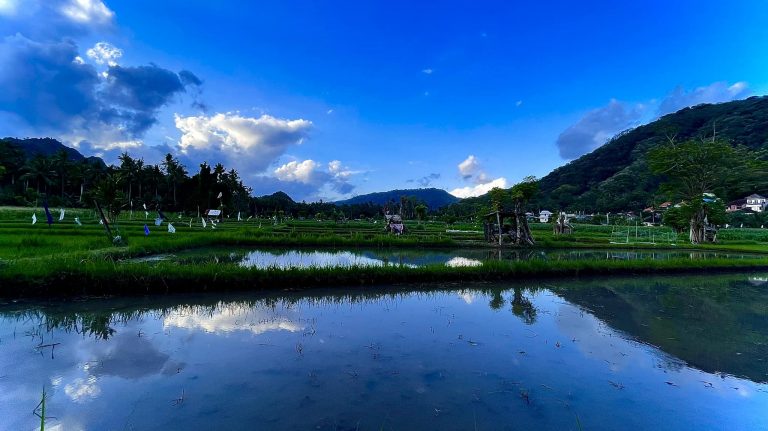
Candidasa itself is a quiet coastal town and a great base for diving. The town sits beside a lagoon and has plenty of small hotels, restaurants and shops. It offers a more laid-back atmosphere compared to Kuta or Nusa Dua.
One restaurant I would happily recommend is Warung Budi Ayu. We ended up eating there most evenings. The food was delicious, the value excellent and the welcome warm. A cold Bintang after diving always hit the spot.
And of course a huge thank you goes to Sianmay Candidasa Diving Center. They got me started with scuba and turned nerves into a lifelong obsession. Having my first dives at the Liberty wreck made the experience unforgettable. If you are thinking of learning to dive in Bali, they are a fantastic choice.
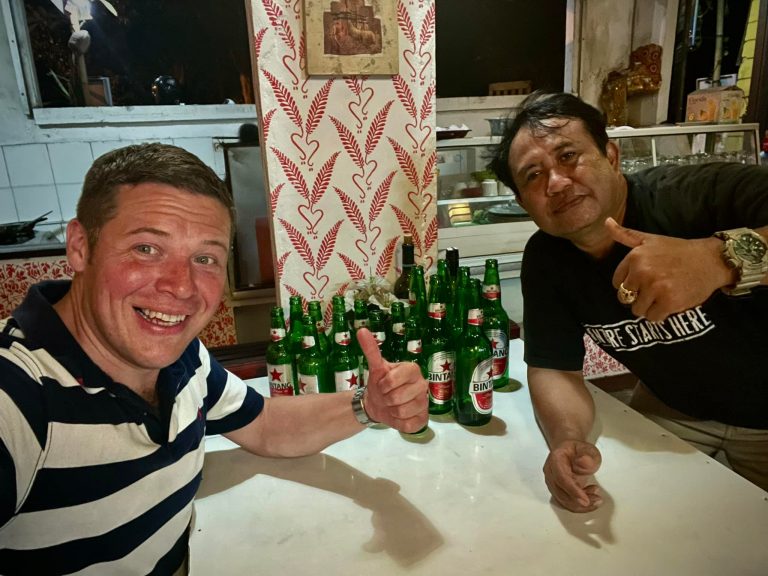
From Bali to South Africa, and even the Galápagos, my dive log keeps growing. The interactive map below shows the countries I’ve visited in green, with red dots marking dive destinations. Each dot is clickable and opens a dedicated page with photos, notes, and stories from that trip.
For easier navigation, you can also scroll through the destination slider just beneath the map. Each panel highlights a location and links directly to the full dive write-up.